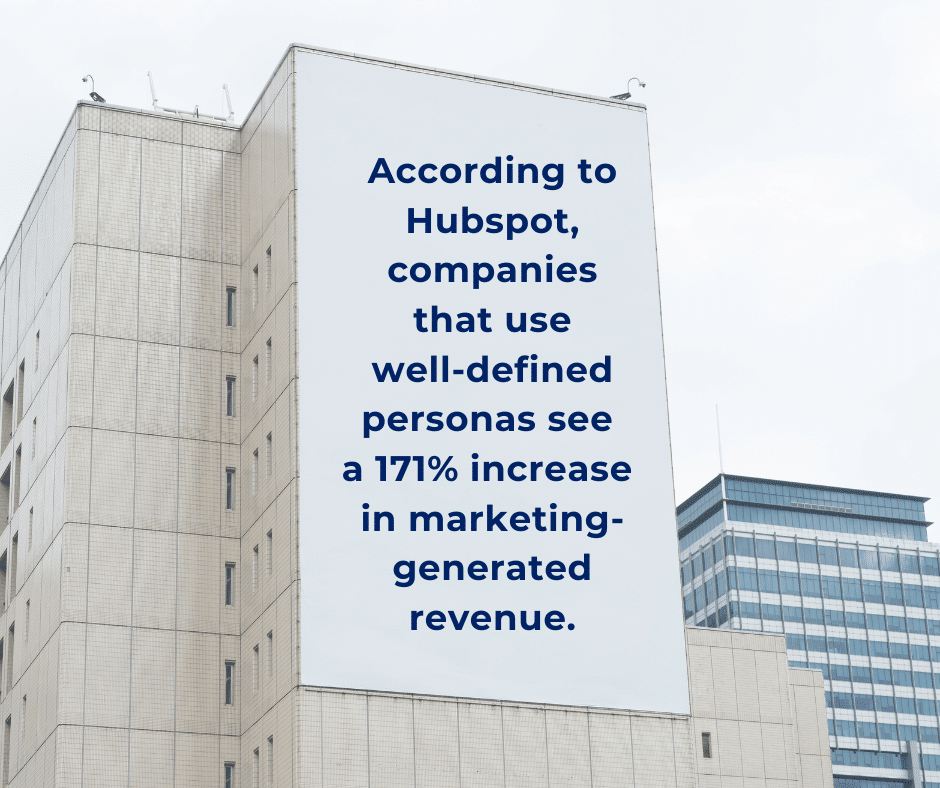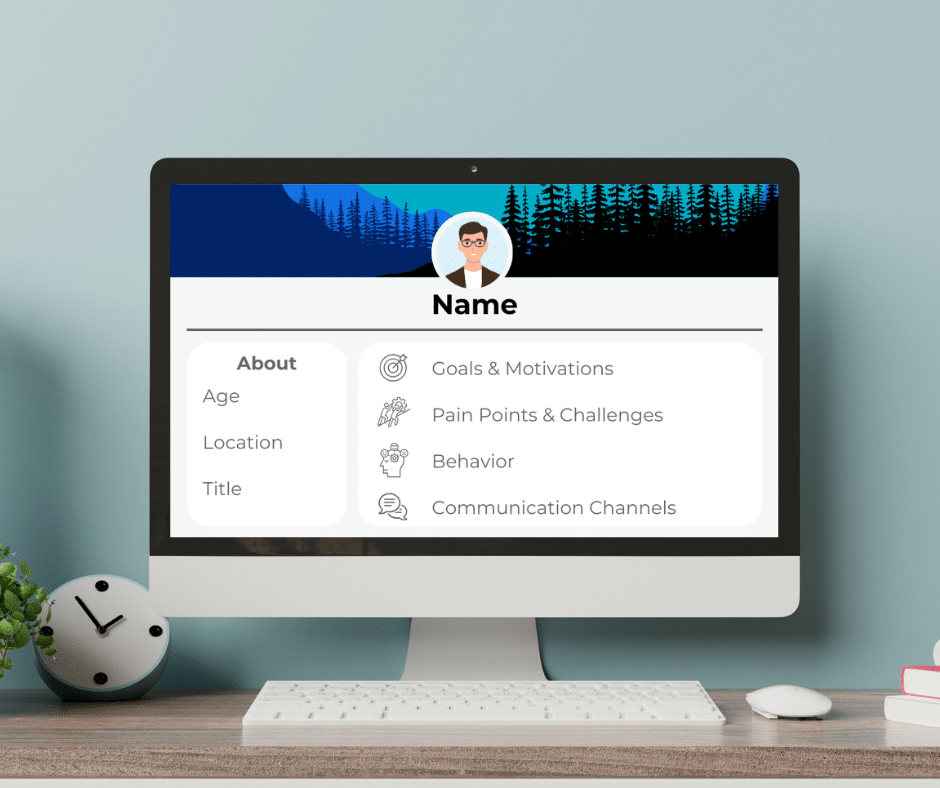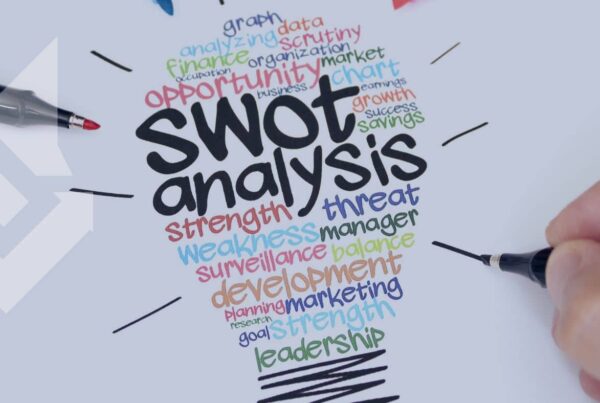Successful marketing starts with knowing exactly who your business serves. Many companies struggle to create content and campaigns that truly connect with their audience. Without a clear understanding of your ideal customer, your marketing efforts risk becoming generic and ineffective. That’s where business persona examples come in.
A business persona is a research-based, detailed profile of your ideal client. It defines their demographics, interests, challenges, and buying behaviors. Instead of making assumptions, companies use persona examples to craft highly targeted marketing strategies that speak directly to their audience’s needs.
In this post, we’ll walk through what a business persona is, why it’s a game-changer for companies, how to create one, and real-world persona examples you can apply to your own marketing. By the end, you’ll have a clear roadmap to defining your ideal customers and building campaigns that resonate.
What is a Business Persona?

A business persona represents the type of client or customer your company serves, based on real data and market research. It includes key details such as age, job title, pain points, preferred communication channels, and purchasing habits. Companies use these persona examples to personalize messaging, refine product offerings, and improve customer engagement.
Instead of marketing to a vague, generalized audience, business personas help brands focus on individuals who are most likely to engage with their company. This approach increases marketing efficiency, enhances customer satisfaction, and ultimately leads to higher conversion rates.
A well-crafted business persona includes:
- Basic Demographics: Age, gender, location, job title, income level.
- Goals and Motivations: What they hope to achieve and what drives their decision-making.
- Pain Points and Challenges: The frustrations and obstacles that make their lives difficult.
- Buying Behavior: How they research and purchase products or services.
- Preferred Communication Channels: The platforms they use to consume content and interact with brands.
When businesses define their ideal customer clearly, they create marketing campaigns that feel more personal and relevant, increasing trust and loyalty.
Why Business Personas Matter in Marketing
Marketing without a defined audience is like trying to hit a moving target blindfolded. Without personas, businesses waste time and money creating content and ads that fail to reach the right people. Well-defined personas eliminate guesswork and provide a strategic framework for reaching, engaging, and converting potential clients.
- More Personalized Marketing: Companies that understand their audience can craft messages that feel tailor-made, resulting in higher engagement and conversion rates.
- Stronger Content Strategy: A clear business persona helps marketers develop blog posts, social media content, and video marketing strategies that directly address the audience’s concerns and interests.
- Higher Advertising ROI: Instead of casting a wide net, companies can invest in highly targeted ad campaigns that focus on the most relevant prospects, reducing wasted ad spend.
- Improved Customer Experience: Clients who feel understood are more likely to trust and stay loyal to a brand, increasing retention and referrals.
Companies that fail to define their audience often create marketing campaigns that are too broad, generic, or disconnected from what their customers actually want. By using persona examples as a guide, marketers can build campaigns that feel authentic and engaging.
How to Create a Business Persona
A strong business persona requires research, data analysis, and insights from real customer interactions. Here’s how to create one:
- Step 1: Gather Customer Data – Start with the information you already have. Analyze website traffic, social media insights, and customer surveys. Look for patterns in age, location, interests, and behaviors. Sales teams and customer service representatives can also provide valuable insights based on real client interactions.
- Step 2: Identify Common Characteristics – Once you have enough data, group clients into segments based on similarities. Identify trends in purchasing behavior, decision-making factors, and preferred communication methods.
- Step 3: Develop a Detailed Persona Profile – Give your persona a name and a backstory. Define their goals, challenges, pain points, and what motivates their buying decisions. Make it as specific as possible.
- Step 4: Validate and Refine – Test your persona by applying it to your marketing strategy. If engagement improves, you know you’re on the right track. If not, refine it based on customer feedback and updated data.
Creating persona examples isn’t a one-time task. As consumer behaviors change, businesses need to revisit and adjust their personas to ensure their marketing remains relevant.

Persona Examples for Different Industries
To see how personas work in action, let’s break down a few examples from different industries:
- Sarah the Small Business Owner
- Age: 38
- Industry: E-commerce
- Challenges: Limited marketing knowledge, struggling to increase brand visibility, overwhelmed with daily operations.
- Goals: Wants to grow her business using social media and email marketing but doesn’t know where to start.
- Preferred Platforms: Facebook, Instagram, and email newsletters.
- Buying Behavior: Prefers online resources and courses but often hesitates to invest in new tools.
- Jake the Corporate Marketer
- Age: 45
- Industry: B2B SaaS
- Challenges: Needs high-quality leads, struggles to prove ROI to executives, overwhelmed with content production.
- Goals: Wants to improve inbound marketing efforts and increase engagement.
- Preferred Platforms: LinkedIn, webinars, and industry blogs.
- Buying Behavior: Reads case studies and research reports before making a purchase decision.
- Emily the Home Inspector
- Age: 34
- Industry: Home Inspection Services
- Challenges: Struggles with brand awareness in a competitive market, needs to educate potential clients on the importance of inspections.
- Goals: Build a strong online presence, attract more homebuyers and realtors, and position herself as an expert in the industry.
- Preferred Platforms: Facebook, LinkedIn, and local business directories like Google My Business.
- Buying Behavior: Invests in digital marketing tools but seeks affordable solutions with proven results. Prefers educational content like blogs, infographics, and video walkthroughs.
Emily’s persona helps home inspectors tailor their marketing to attract more clients. By focusing on platforms where homebuyers and realtors are active and creating content that educates potential customers, a home inspector can strengthen their reputation and generate more business.
Applying Persona Examples to Your Marketing Strategy
Once your personas are complete, it’s time to put them to work. Here’s how they impact different marketing efforts:
- Content Marketing: Develop blog posts, videos, and email campaigns tailored to the specific interests and pain points of each persona.
- Social Media Strategy: Choose platforms where your personas are most active and adjust your messaging accordingly.
- Advertising & Targeting: Use Facebook Ads, Google Ads, and retargeting strategies that align with the persona’s behaviors and preferences.
By integrating persona examples into every aspect of marketing, businesses can craft more compelling and effective campaigns.
Conclusion
Well-defined personas are essential for businesses that want to connect with the right audience, create relevant content, and maximize marketing results. Without a clear profile of your ideal customer, your marketing efforts become scattered and ineffective. By defining detailed personas, companies can refine their messaging, improve engagement, and increase conversions.
If you’re struggling to define your ideal client and create a marketing strategy that works, we can help. Let’s take the guesswork out of your marketing—contact us today for a free consultation and let’s build the perfect persona for your business!




